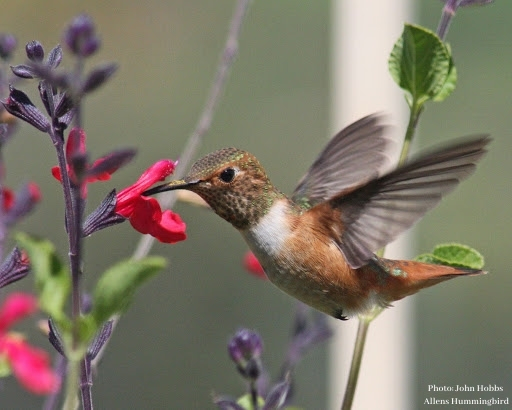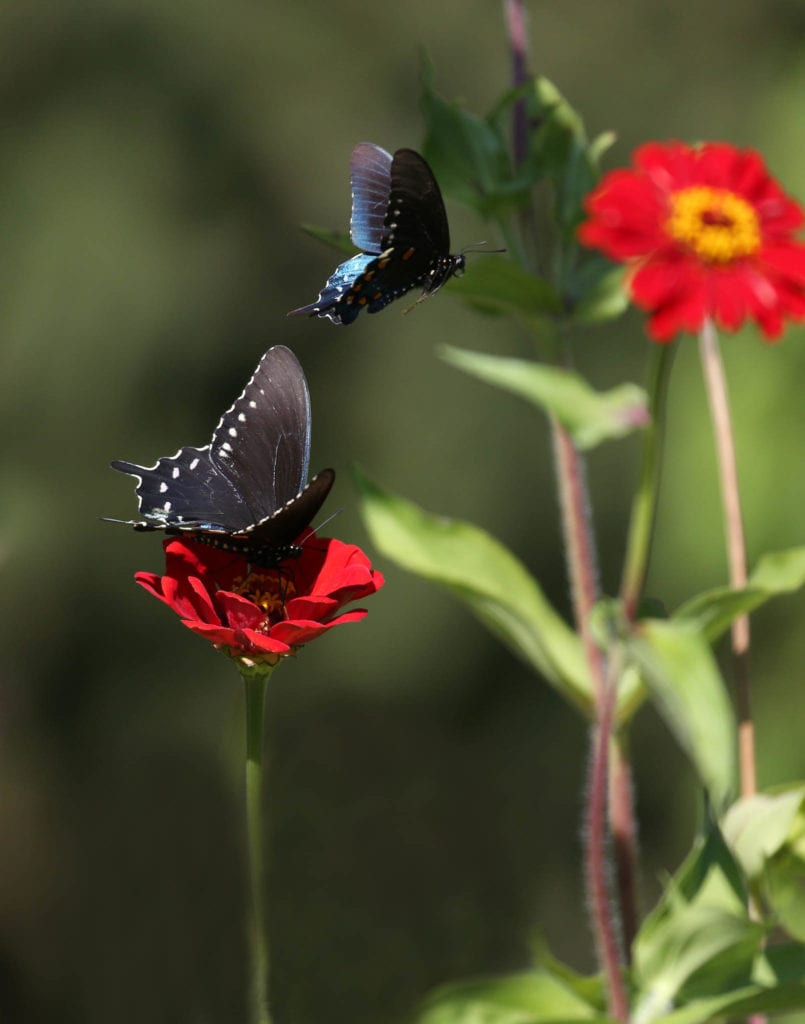It’s National Pollinator Week! With so many flowers in full bloom, summer is an excellent time to search for pollinators in your backyard, neighborhood, or local park.
Let’s Get Started
When pollinators like bees, butterflies, hummingbirds, and some bats move nectar from flower to flower, they aren’t just feeding themselves. They are also helping seeds, fruits, and more plants grow!
Good Job!
Good Job!
SEARCH:
For flowers in bloom on the ground, on bushes and shrubs, and in trees and vines overhead. Do you see any bees, hummingbirds, bats, butterflies, or moths? Look at different times of day to see a variety of species.
Good Job!
Good Job!
COUNT:
How many different kinds of pollinators can you find? Were they alone or in a group?
Amazing!
Amazing!
LOCATE:
Find nectar-producing flowers that attract the most pollinators. To learn more about the kinds of flowers that attract and support different types of pollinators check out Make a Pollination Station.
Amazing!
Amazing!
IDENTIFY:
Types of pollinators on different kinds of flowers. Do you see the iconic orange and black monarch butterfly landing on milkweed? Do you see bees or wasps landing on yellow flowers? Can you tell the difference between a bee and a wasp? Bumblebees, for example, appear more round and hairy, while most wasps are slender and less hairy.
Amazing!
Amazing!
LISTEN:
For buzzing insects, birds chirping and other pollinator sounds as they land on flowers collecting nectar. Do you notice any birds singing a special pattern of the song?
Document Your Discoveries
- Draw or describe the different pollinators you found in your Nature Notebook.
Bonus: July 1st is International Joke Day. Do you know a funny joke about bees? Enter the Ranger Rick Joke Contest. Can bees fly in the rain? Not without their little yellow jackets.



